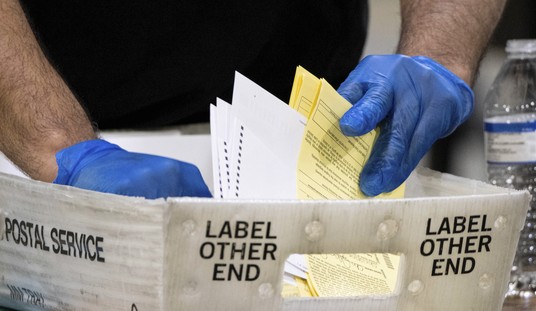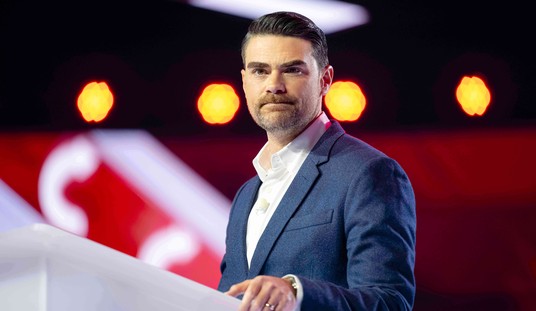When you're considering aspects of a possible medical or psychological process or phenomenon, there's a lot to be said for considering the experiences of someone who has been through it and has come out the other side. Some things, of course, leave permanent scars on both body and mind, which makes this all the more important.
One example of this is the whole "transgender" hooraw that has been a matter of controversy all over the modern world (as you can imagine, this particular social contagion won't find much traction in places like, say, Iran). Here in the United States, we even have an entire "Pride Month" where we are expected to express admiration for everyone in the LGBTQ++ spectrum, even though we only have one day to do so for mothers, fathers, and veterans.
These "transgender" treatments, though, are debilitating and irreversible: Hormone treatments and surgeries are a point of no return.
Walt Heyer went through this process and has returned. His account is worth a look.
It all began in childhood when his grandmother dressed him as a girl for the first time. What may have seemed harmless at the time was compounded by physical and sexual abuse from his father and uncle—experiences that shaped his development. As a teenager, Heyer began to secretly identify as a woman. In his thirties, he sought a gender therapist in California, who was then considered a leading expert in the field. On the therapist’s advice, he began a medical transition that included hormones and surgery. “They promised me I would become a woman, but that never happened,” he recalls.
That's not possible, of course. Walt remained a man, with an XY sex chromosome pattern, with the body and mind of a man, however confused he may have been at the time, following, as he said, physical and sexual abuse.
But here's the kicker:
Over time, as a deep sense of emptiness grew, Heyer came to understand that what he suffered wasn’t genuine gender dysphoria but an identity disorder rooted in unresolved trauma:
I’ve worked with thousands of people in similar situations and haven’t found a single authentic case of gender dysphoria. There’s always a history of abuse, abandonment, loss, or untreated psychological disorders.
In his view, transgender identity is merely a surface-level symptom of deeper wounds, and prescribing hormones or surgery is, in his words, “medical malpractice.”
Granted, gender dysphoria has been a recognized mental ailment for decades, and until recently, it was generally treated with therapy. Most young people who are caught up in this outgrow it over time, with or without therapy, and certainly without life-altering hormone and surgical treatments. Serious studies, in fact, show an increased incidence of serious depression and suicide attempts in "transgender" patients. That may well be due to the realization that Walt experienced, that these treatments are not helpful but harmful, that they are life-changing and not for the better. Any such patients are stuck, for life, with continued hormone therapy, with follow-up procedures, with health issues, mental and physical, that will last the rest of their lives.
Walt describes his views on the matter, having now emerged from the other side:
He considers the medicalization of these cases to be a form of child abuse. “Dressing a child as the opposite sex, blocking puberty, mutilating their genitals… it’s all emotional, physical, and psychological violence.” At the root, he believes, lies a profit motive: so-called “gender-affirming care” has become a $4.4 billion annual industry in the U.S., with each hormonally treated child representing guaranteed revenue for decades.
In this context, Heyer welcomes the recent U.S. Supreme Court decision allowing the state of Tennessee to ban gender treatments for minors. “It’s a historic step. This ruling will pave the way for other states to follow. It’s finally being recognized that this is not healthcare—it’s deliberate harm.”
He also denounces that more than 90% of patients who undergo these procedures are excluded from the scientific studies used to justify them.
Suicide and depression rates don’t improve after transitioning, as they claim. In many cases, they worsen. But they won’t talk about that—because it threatens the business.
There's the onion - the money. The guarantee of an income stream for doctors who, in violation of their Hippocratic oath and the doctrine of primum non nocere, perform these surgeries and treatments.
By all means, read Walt's story. There will, according to the linked article, be more of this discussion posted soon, and I'll be watching for it.
See Also: Finally: Supreme Court to Hear Cases on Transgender Athletes
‘Warped Ideology’: DOJ Announces Investigation, Issues Subpoenas to 'Transgender Transition' Clinics
But there's one thing that isn't mentioned here, and that's the social contagion aspect of "transgenderism" and gender ideology. There is the profit motive, sure, but the "follow the money" angle wouldn't be possible without the constant drumbeat of transgenderism and gender ideology from teachers, from Hollywood, from IQ-challenged "influencers," and from Democrat politicians who insist on idiocy like letting boys play in girls' sports. That's the real cause of this sudden high-profile spike in "transgender" treatments, and too many young Americans are actual victims of all this.
We welcome Walt's return, aided in part, as he describes, by his religious beliefs. But he never should have been subjected to any of this in the first place. We can only hope that, on the margins, some young people will learn of his experiences and avoid a lifetime of unnecessary pain and suffering.















